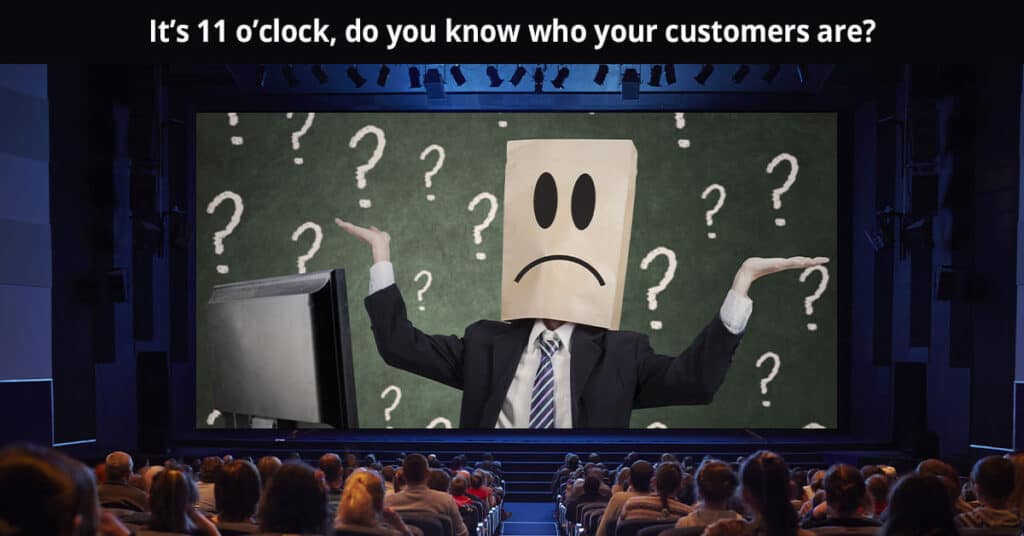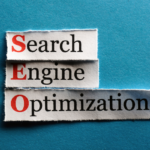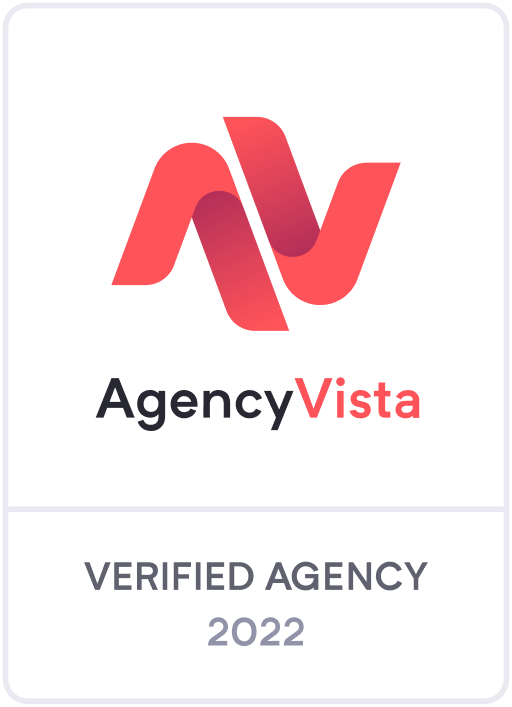***This week’s Xcite Blog is a miniseries discussing Audience Targeting in Facebook. Be sure to check back in on Wednesday and Friday for Parts 2 and 3!***
Have you ever wondered what makes Facebook Audiences different? Never before have people shared more about themselves than the way they do on Facebook. There are currently 2.8 billion monthly active users on the platform, and of that staggering number, 1.84 billion of those users say they check in at least once a day! Not to mention, two-thirds of them also visit a local business page on a weekly basis. That’s a lot of folks telling you what they like, what they’re interested in, and telling you who they are & what matters to them. Facebook offers two approaches on how you can implement this wealth of information – broad targeting and specific targeting. Broad targeting is casting a wider net and allowing Facebook’s algorithm to find people that are more likely to engage with your brand. Specific targeting gives you more control. You tell Facebook exactly who you want to target and how. So when you ask why Facebook Audiences are so different; it’s because you can leverage information in a way you haven’t been able to in the past.
Let’s start with what broad targeting looks like through core and saved audiences; how it can facilitate brand awareness, and how it can feed your funnel.

Core And Saved Audiences
It’s 11 o’clock, do you know who your customers are?
It’s essential to know who your people are and how to target them in social advertising – who wants to waste marketing dollars reaching people who aren’t interested in their product? Literally, no one.
Have you ever stopped to really think about this? Who is interested in your product? What do they like? What are their circumstances? As business owners, you spend so much time and money thinking about marketing to the ‘right people,’ but are you even sure who that is? And not just age, gender, income, education, etc. Your competition is already targeting those same people. What can you do differently?
Here’s a perfect example. An outdoor adventure company targets outdoor enthusiasts, adventure seekers, water lovers, etc. That all makes sense, right? Of course, they’d target people that show interest in those things. But what about foodies? Or at-home chefs? Does that sound like a group of people an outdoor company would typically want to target? Nope – except that when they did a deep dive into their Google Analytics, that group of people showed to convert at a higher percentage rate than those that expressed interest in water sports.
WHAT?
Social media advertising offers a whole new level of audience insights. And it’s been uncharted territory … until now. So it’s important to learn it and use it. But how?
You can find your people. And you can do it in a way previous advertising strategies haven’t allowed – audience targeting.
Audience targeting is insightful in a way we haven’t been able to be in the past. It will help you find your people. If you’re a vegan, you certainly don’t want to see ads on your social feed from your local butcher shop. And as that butcher shop, you don’t want to spend advertising budget serving ads to people that are very much NOT interested in your product.
From location, interests, behaviors, and connections to options for exclusions; there are several ways to refine your audience and ensure you’re only reaching people who are more likely to convert on your product. The hard part is knowing where to start. Exploring the interests and behaviors that relate to your customers is a great place to develop Core and Saved Audiences.
This is your first type of audience in social advertising. It may be the most basic one, but it’s also one of the most important and most effective.
Ok, so now what?
Here are some great first steps to learn who your people really are:
- Review Google analytics, study those parameters, and find out who is really acting on their interest in your product
- Talk to your client-facing employees; what are they learning about your customers
- What have you learned about your past customers
Learn who your people are, find them, and engage with them. It’s a great place to start in social, but there’s also a lot more to explore beyond this. We’ll get into more detail on other audience types and how to create them in later articles. Stick with us.
***With the impact of iOS changes, please be aware that branding audiences in the Core Audience structure and Custom Audiences will most likely be smaller than what we’re currently used to seeing.





 8055 E Tufts Ave Ste 240
8055 E Tufts Ave Ste 240




